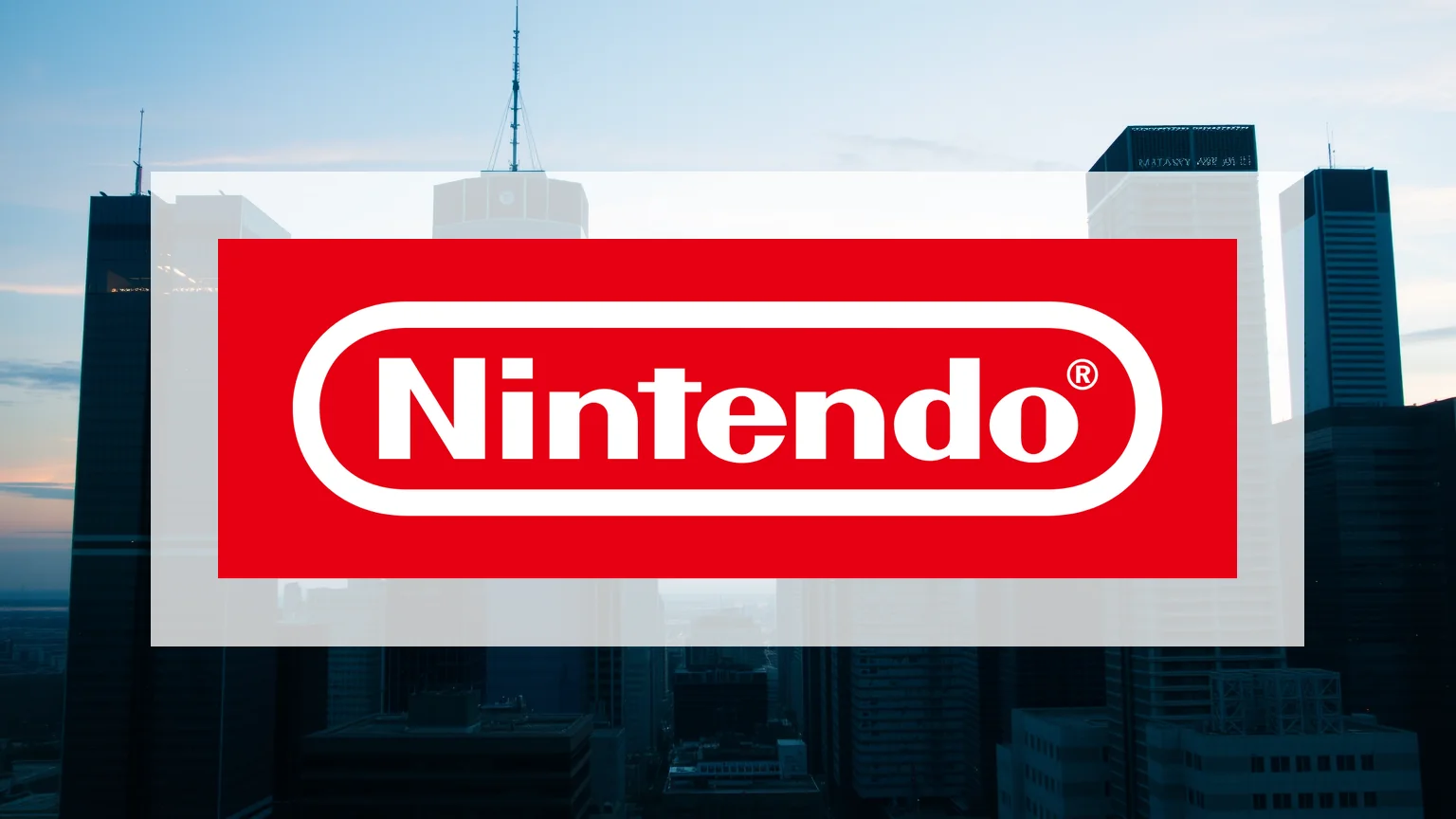While many artificial intelligence stocks have recently faltered, Advanced Micro Devices (AMD) has demonstrated remarkable strength, posting impressive weekly gains. The semiconductor manufacturer is distinguishing itself from the broader AI sector downturn through an assertive growth strategy, unveiling ambitious plans targeting a market projected to reach $1 trillion by 2030. This positions the critical question: Is AMD finally evolving into a serious competitor to Nvidia?
Financial Performance Sets the Stage
The foundation for this optimism was solidified by AMD’s recent quarterly earnings report on November 4th. The company posted record revenue of $9.2 billion, representing a 36% year-over-year increase that substantially surpassed Wall Street’s expectations. This performance was driven by explosive growth across key divisions. The data center segment reached $4.3 billion, while the client and gaming business surged by 73% to $4 billion.
CEO Lisa Su characterized these results as a significant milestone, stating, “Our record third-quarter results mark a meaningful step up in our growth trajectory.” This robust financial health is powered by the company’s latest technologies, including the 5th Generation EPYC processors and the Instinct MI350 Series GPUs.
Strategic Vision Garners Investor Confidence
AMD’s Financial Analyst Day this past Tuesday served as a major catalyst, outlining the company’s strategic direction for the coming years. The market response was decisively positive. While the Nasdaq Composite index declined by 0.5% over the week, AMD shares advanced by a notable 5.7%, signaling strong investor endorsement of the new roadmap.
The company’s projections are undoubtedly bold. It forecasts a compound annual growth rate exceeding 35% for the next three to five years and aims to expand its operating margin beyond 35%. In a direct challenge to Intel’s long-standing dominance, AMD is targeting more than 50% market share in the server CPU space. “AMD is entering a new era of growth,” emphasized CEO Su, highlighting the company’s leadership in technology roadmaps and its building momentum in AI.
Should investors sell immediately? Or is it worth buying AMD?
Forging Key Alliances and Future Technology
Strategic partnerships are proving to be a powerful accelerant for AMD’s ambitions. A recently announced collaboration with OpenAI stands to potentially generate tens of billions in annual revenue for the chipmaker, serving as a significant validation of its AI chip capabilities.
Concurrently, Oracle Cloud Infrastructure is preparing to launch the first publicly available AI supercluster utilizing AMD’s “Helios” rack design. This project involves an initial deployment of 50,000 GPUs scheduled to commence in the third quarter of 2026. These alliances are timely, as AMD is already developing its next-generation technology. The Zen-6 architecture, slated for 2026, is expected to be among the first to utilize TSMC’s advanced 2-nanometer process, with the MI400 series chips also anticipated that same year.
The Path Forward: Execution is Key
Despite the impressive financials and strategic positioning, the challenge ahead remains formidable. Nvidia continues to command the AI data center market, and Intel is unlikely to relinquish its server throne without a fight. However, AMD’s diversified approach—spanning CPUs, GPUs, and complete system solutions—provides investors with a solid basis for confidence.
The market has already shown belief in AMD’s potential; its stock has appreciated more than 80% since the start of the year. The coming quarters will ultimately reveal whether the semiconductor maker can successfully translate its ambitious targets into sustained growth and tangible market share gains within the trillion-dollar AI landscape.
Ad
AMD Stock: Buy or Sell?! New AMD Analysis from November 16 delivers the answer:
The latest AMD figures speak for themselves: Urgent action needed for AMD investors. Is it worth buying or should you sell? Find out what to do now in the current free analysis from November 16.
AMD: Buy or sell? Read more here...










